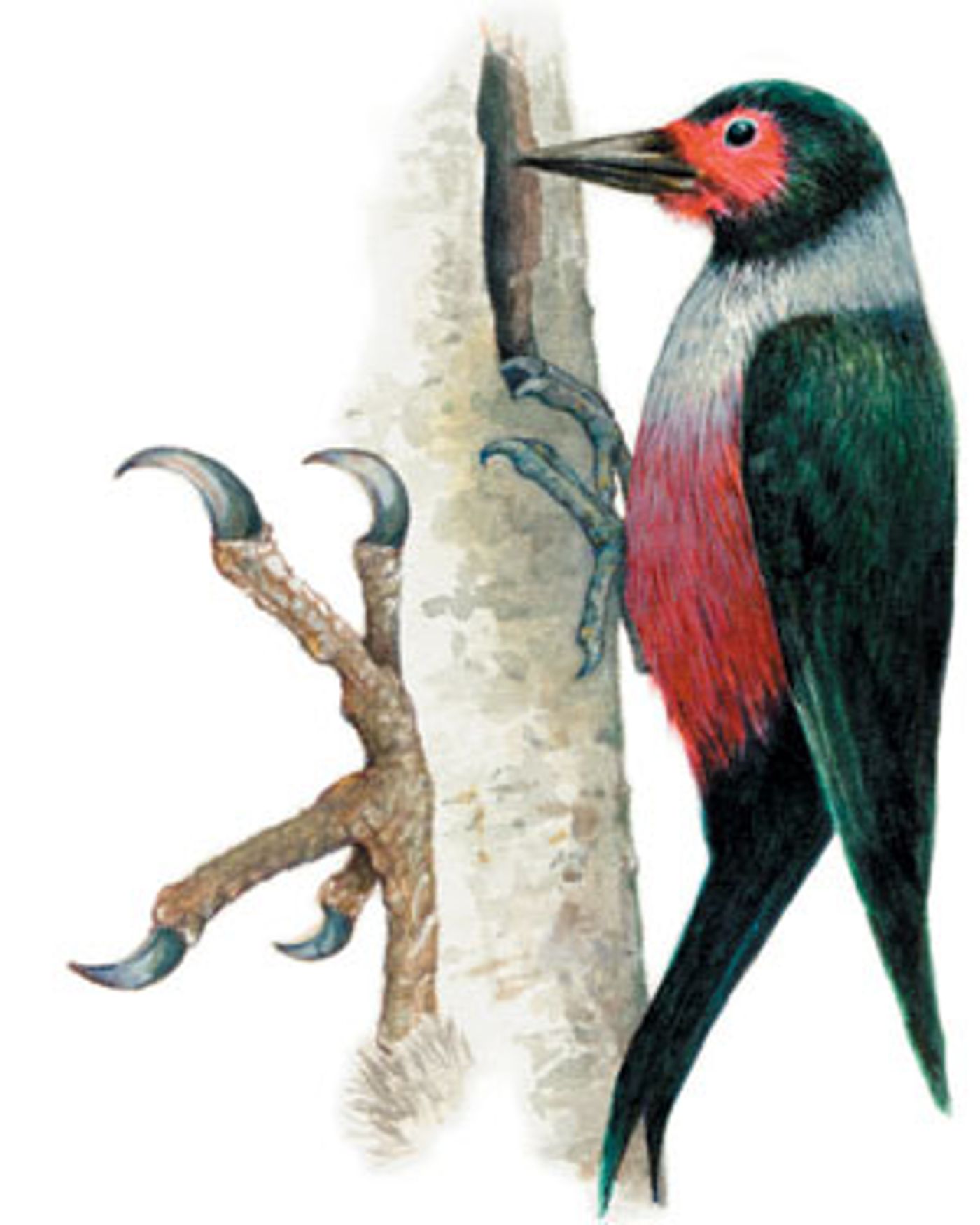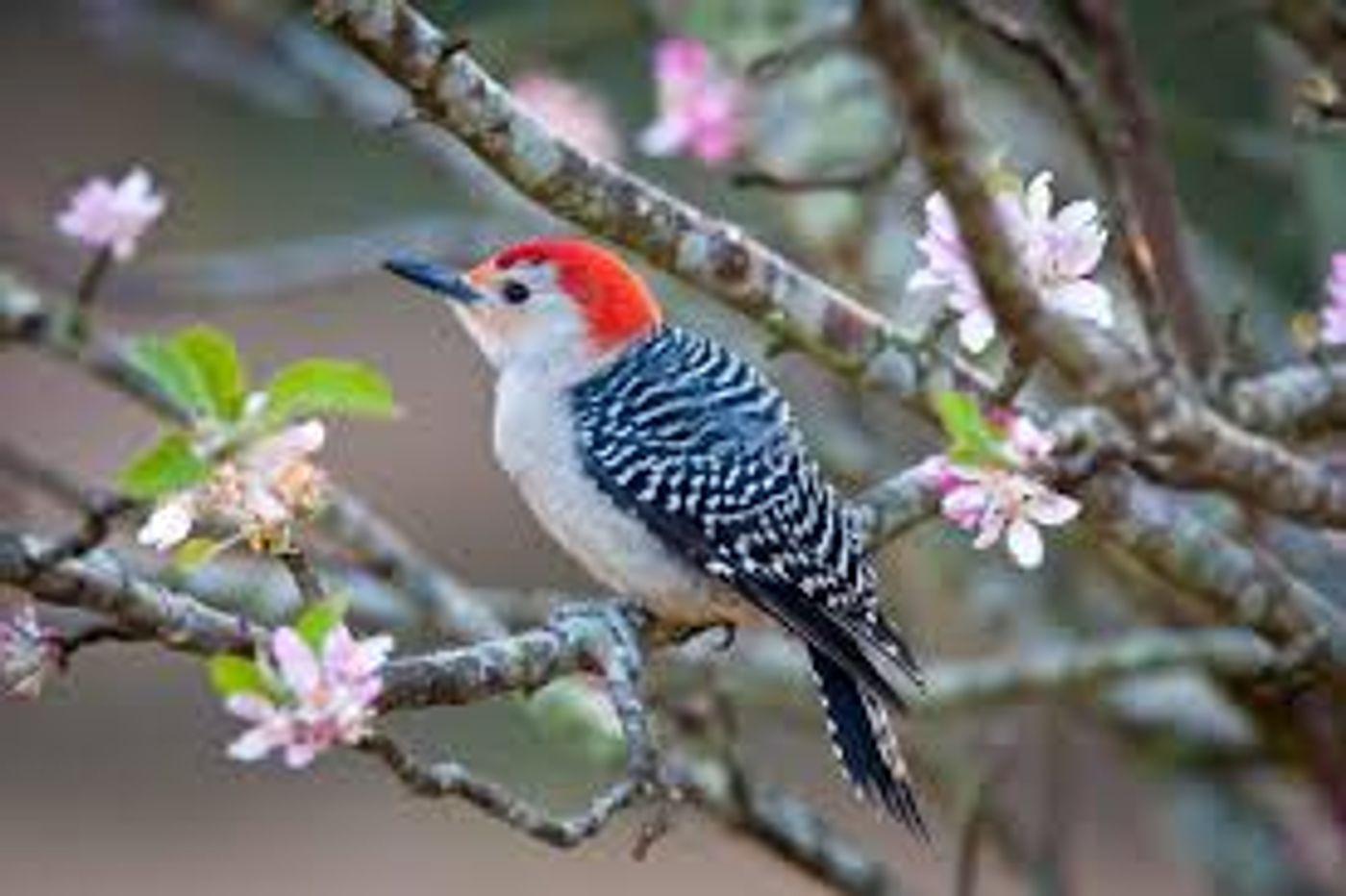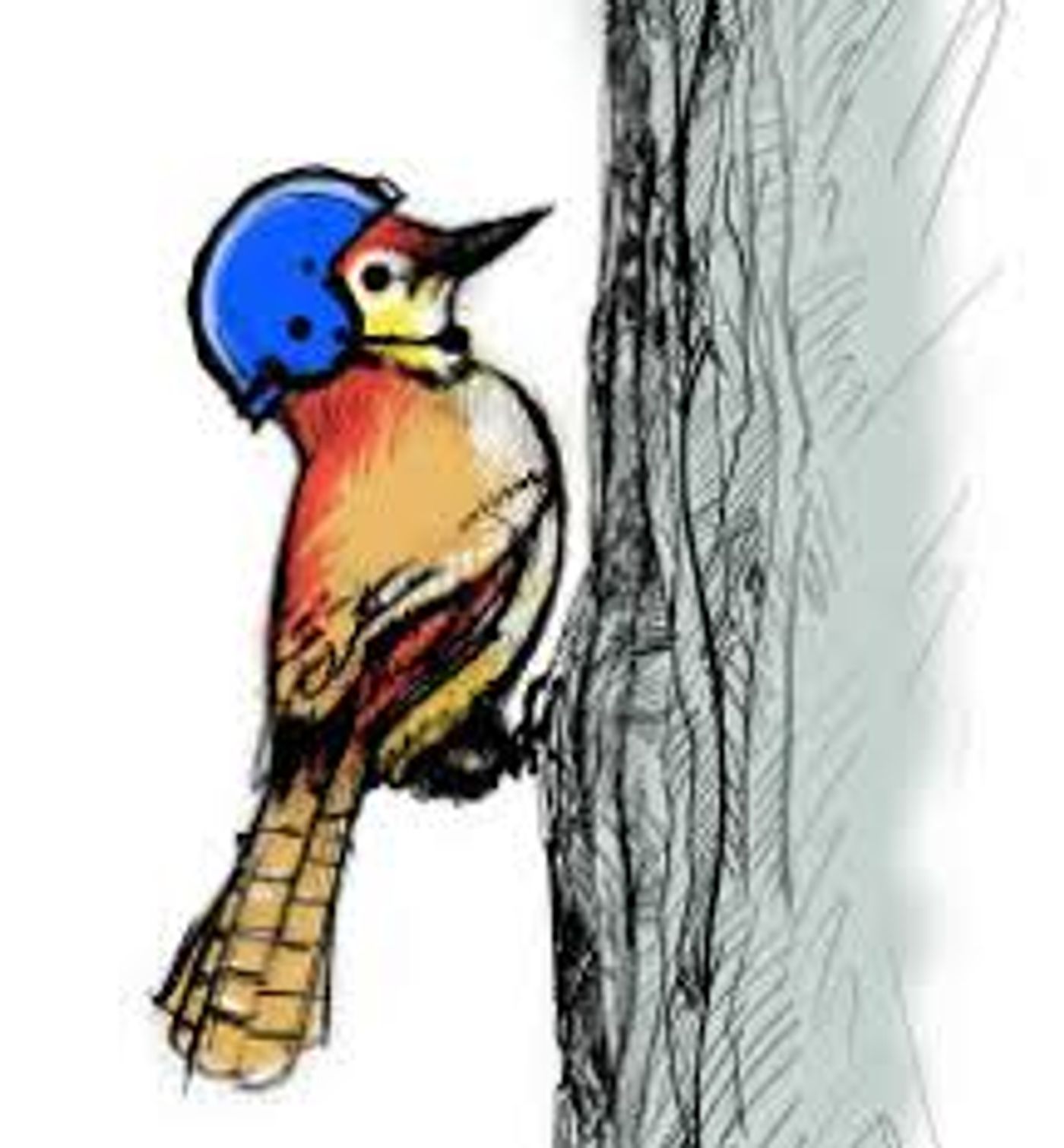One would think that aggressively knocking your head against a hardwood tree would result in a few minor concussions at the very least. However woodpeckers, who are known for such vigorous actions, are apparently immune to such brain damage. MIT Professor Lorna Gibson, a MacVicar Fellow and the Matoula S. Salapatas Professor of
Materials Science and Engineering, set out to find out why this was. In doing so, she collaborated with MITx, the Institute’s collection of free, online courses, and created a series of eight videos depicting the science behind woodpeckers brains and physiology.
One previous theory to Gibson’s research was that woodpeckers have a foam-like material between their brain and their skull. However, after a group of neurologists in California dissected the head of a dead woodpecker and failed to find any spongy substance, this theory was rejected. Gibson then became even more interested in the physiology of woodpeckers.
In the
video series , Gibson explains that woodpeckers peck to forage for food (insects and sap), build nests, attract mates, and even store food (for certain acorn woodpecker species). Gibson also discusses some of the adaptations that the birds have for these pecking purposes. In order to apply enough force to chip away pieces of wood, the birds use their tails to brace themselves again trees - they have particularly large, thick shafts in their tail feathers to help them with this. They also have two toes facing forward and two toes facing backward (instead of the normal 3 and 1 orientation of birds) to help brace themselves for more force.

To measure the forces that woodpeckers apply and these impacts on their brains, one needs to determine the acceleration that the bird’s head experiences as it prepares to hit the tree as well as the deceleration that it experiences upon actually hitting the tree. With some high tech video footage, scientists found that woodpeckers experience a deceleration of 600g-1500g with every peck. This may not mean much until you think about that humans experience brain injury with only 100g. Furthermore, the birds can peck trees with a speed of up to 15 mph; if you were to ride your bike into a tree at that speed over and over again, your body and brain would definitely not be happy. So how do the birds do it?

“It turns out it’s all a matter of scale,” says Gibson, “and the smaller the brain, the larger the deceleration it can withstand.” This is called a scaling law. It also depends on the duration of the impact, which for woodpeckers is between 0.5-1 millisecond - so short that it allow the birds to tolerate a higher impact.
“Gibson notes that other factors that contribute to protecting the brain of the woodpecker. As opposed to the human brain, which has space and fluid between the brain and the skull, the woodpecker’s brain has very little cerebrospinal fluid and is tightly packed in the skull, which Gibson says “reduces the motion of the brain within the skull on impact and reduces the effect of shock waves transmitted through the fluid.”
?Sources:
MIT Slice











